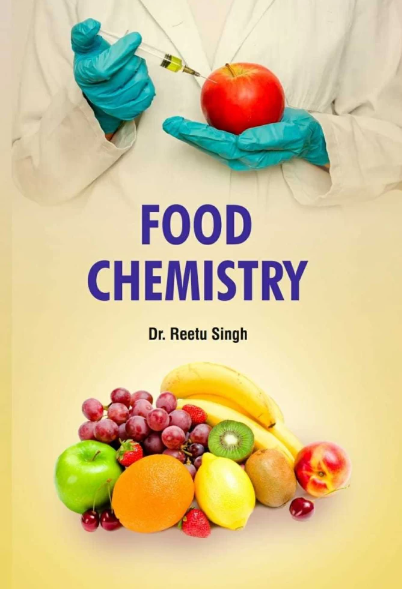基于高光谱驱动PSO-SVM模型和优化CNN-LSTM-Attention融合网络的烈性白酒掺假定性定量无损检测
IF 8.5
1区 农林科学
Q1 CHEMISTRY, APPLIED
引用次数: 0
摘要
白酒掺假行为受到利益动机的驱使,严重危害消费者健康,扰乱市场秩序。本研究将高光谱成像与深度学习相结合用于掺假检测。在正品和掺假样品的分类中,PSO-SVM通过优化的光谱预处理,准确率达到97.62 ± 1.15 %。在定量预测方面,提出了一种名为“鬼魂- lstm尺度点积注意”(GLSNet)的新型融合网络,其预测性能(RP2 = 0.9569 ± 0.0145)明显优于传统的偏最小二乘回归(PLSR)和其他深度学习模型:卷积神经网络(CNN)和CNN- lstm网络(CLNet),推理效率比PLSR提高3.55倍。GLSNet在外部验证集和通过热图可视化掺假分布上表现良好。研究表明,高光谱成像与深度学习相结合,可以快速准确地检测白酒掺假,为质量控制和市场监管提供支持。本文章由计算机程序翻译,如有差异,请以英文原文为准。

Hyperspectral-driven PSO-SVM model and optimized CNN-LSTM-Attention fusion network for qualitative and quantitative non-destructive detection of adulteration in strong-aroma Baijiu
Baijiu adulteration practices, driven by profit motives, seriously endanger consumer health and disrupt the market. This study combined hyperspectral imaging with deep learning for adulteration detection. In the classification of authentic and adulterated samples, PSO-SVM achieved 97.62 ± 1.15 % accuracy through optimized spectral preprocessing. For quantitative prediction, a novel fusion network called Ghost-LSTM-Scaled Dot-Product Attention (GLSNet) was proposed, demonstrating significantly better predictive performance (RP2 = 0.9569 ± 0.0145) than traditional Partial Least Squares Regression (PLSR) and other deep learning models: Convolutional Neural Networks (CNN) and CNN-LSTM networks (CLNet), while improving inference efficiency by 3.55 times compared to PLSR. GLSNet performed well on external validation sets and visualized adulteration distribution through heatmaps. The research shows that hyperspectral imaging combined with deep learning enables rapid and accurate detection of Baijiu adulteration, providing support for quality control and market regulation.
求助全文
通过发布文献求助,成功后即可免费获取论文全文。
去求助
来源期刊

Food Chemistry
工程技术-食品科技
CiteScore
16.30
自引率
10.20%
发文量
3130
审稿时长
122 days
期刊介绍:
Food Chemistry publishes original research papers dealing with the advancement of the chemistry and biochemistry of foods or the analytical methods/ approach used. All papers should focus on the novelty of the research carried out.
 求助内容:
求助内容: 应助结果提醒方式:
应助结果提醒方式:


